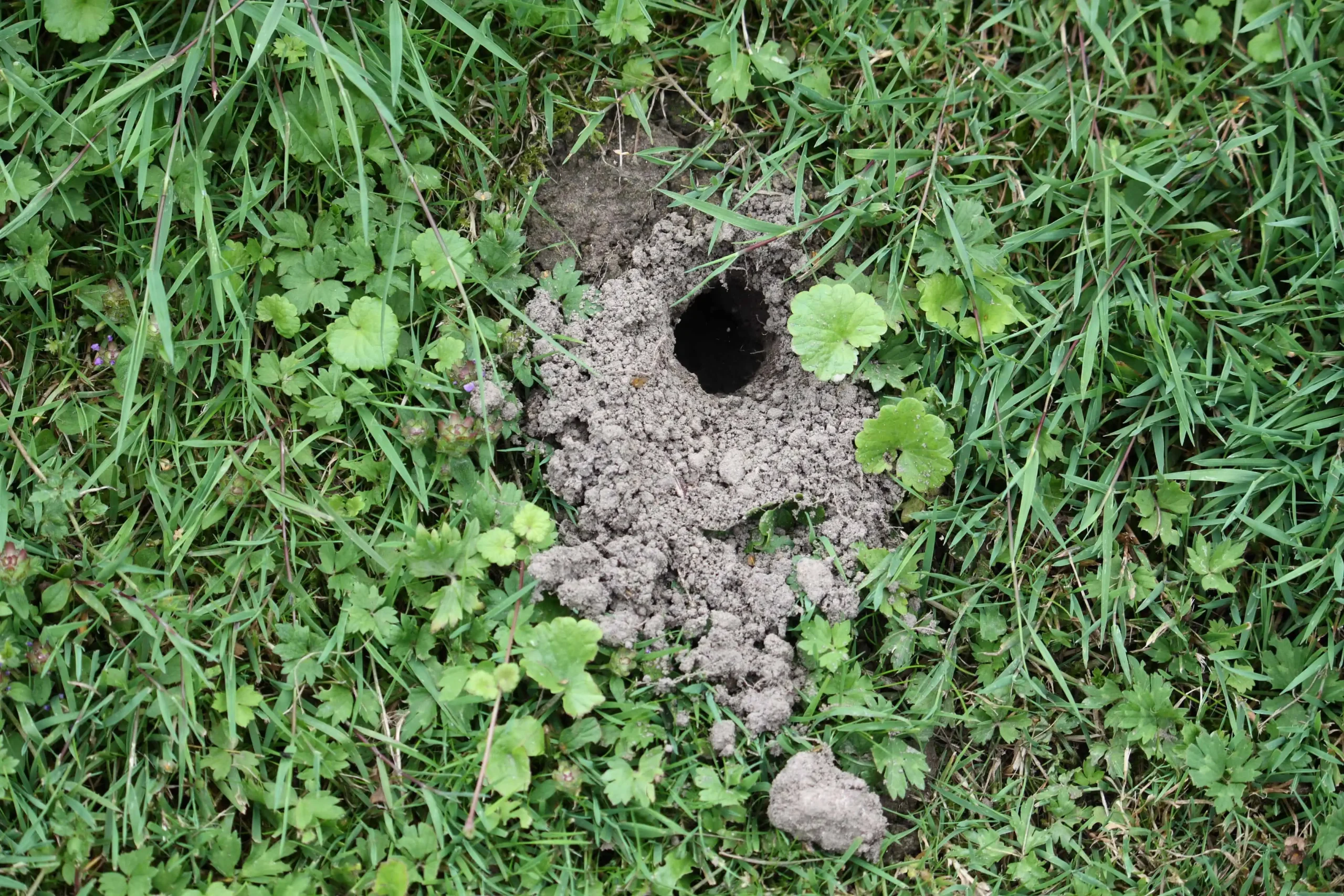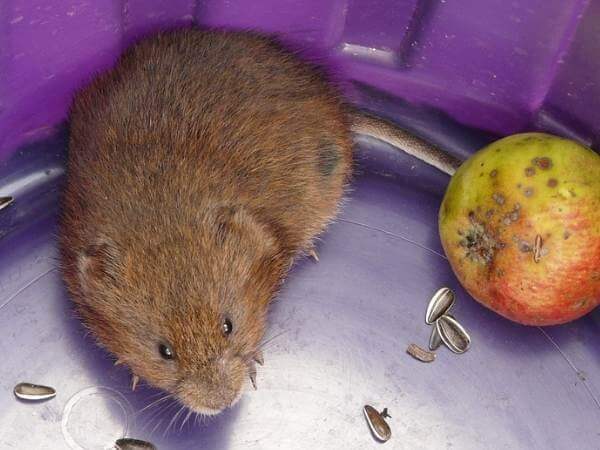Comprehensive Guide to Efficient Vole Bug Control: Infestation Recognition and Therapy Methods
In the world of reliable pest control, vole invasions present a distinct difficulty that requires a strategic technique. By discovering the subtleties of vole behavior, comprehending vital indicators of infestation, and examining an array of control options, one can establish a thorough strategy to fight these evasive pests.
Comprehending Vole Actions
Vole behavior is characterized by their delving behaviors and fast reproduction rates, making them a tough bug to manage properly. Their fast reproductive rate more makes complex control efforts, with females capable of generating numerous trashes in a single year, each including several offspring.
Recognizing vole behavior is important for reliable insect control methods. By identifying their burrow places, checking feeding areas, and carrying out targeted control methods, such as trapping or habitat modification, vole problems can be managed effectively.
Indicators of Vole Problem

Prevention Techniques
Applying effective prevention approaches is essential in lessening vole problems and safeguarding greenery from their harmful feeding behaviors (vole lawn damage). To protect against vole infestations, it is important to begin by removing potential food sources and sanctuary. Maintain lawn and plant life cut short, remove weeds and debris, and preserve a neat yard or lawn to make the area less appealing to voles. Mounting obstacles such as equipment towel or below ground secure fencing can additionally help deter voles from entering specific locations. In addition, reducing excess dampness by Clicking Here fixing dripping pipelines and ensuring proper drainage can make the environment less hospitable for voles.
Regularly evaluating the residential or commercial property for signs of vole task, such as runways and delve openings, is vital for very early detection and punctual activity. Think about using repellents or catches strategically placed near their paths if vole activity is suspected. Using all-natural predators like snakes or owls can also help keep vole populaces in check. By implementing a mix of these avoidance approaches, gardeners and homeowners can properly secure their vegetation from vole damages.
Non-Lethal Control Approaches
To efficiently manage vole populaces while prioritizing gentle methods, non-lethal control techniques supply practical remedies for lowering vole damages in yards and landscapes. These obstacles can be buried at least 12 inches deep and curved you can try these out at a 90-degree angle to prevent voles from burrowing below.

Lethal Control Options
One efficient technique for dealing with vole infestations in landscapes and yards includes the tactical usage of dangerous control choices. When faced with an extreme vole invasion that non-lethal methods have actually stopped working to include, implementing lethal control measures comes to be vital. In general, when employing dangerous control choices, it is essential to do so sensibly and in accordance with neighborhood policies to effectively handle vole infestations.
Verdict
To conclude, efficient vole bug control requires a detailed understanding of vole behavior, identification of indications of infestation, execution of prevention methods, and usage of both lethal and non-lethal control approaches. By combining these techniques, people can efficiently take care of vole populations and secure their home from damages. It is important to attend to vole problems quickly to avoid more issues and reduce the influence on the surrounding environment.
Given the complex passage systems this contact form and rapid reproduction rates particular of voles, identifying the indicators of vole infestation becomes necessary in effective pest control. One of the main signs of vole visibility is the visibility of surface area runways or trails in turf or snow, normally concerning 1-2 inches vast, created as voles travel between their burrows and food sources.To efficiently handle vole populations while prioritizing humane techniques, non-lethal control methods supply sensible solutions for decreasing vole damage in landscapes and gardens.One efficient approach for addressing vole infestations in gardens and landscapes involves the tactical use of deadly control alternatives. vole lawn damage.In final thought, reliable vole pest control requires an extensive understanding of vole behavior, identification of indications of invasion, execution of prevention strategies, and application of both non-lethal and deadly control methods